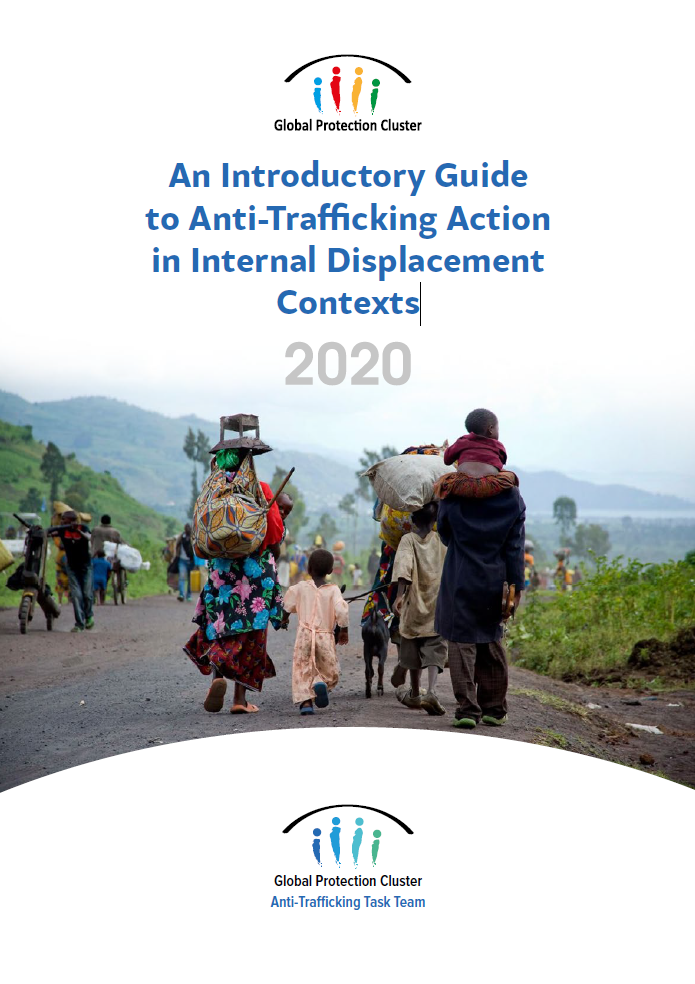
An introductory guide to anti-trafficking action in internal displacement contexts
Auteurs : Global Protection Cluster (GPC)
This Introductory Guide to Anti-Trafficking Action in Internal Displacement Contexts, drafted by the
Global Protection Cluster Task Team on Anti-Trafficking in Humanitarian Action, is the product of two
years of consultations with colleagues in national Protection Clusters. It reflects requests from protection
colleagues for concise guidance that answers the following questions: what is trafficking? What are the
roles of responders? What does a prevention and protection response involve? And how can I identify, refer
and manage cases?
This guide is an initial answer to these questions.
Two messages are clear in this guide: a robust and sustainable anti-trafficking response does not lie with
Protection alone; anti-trafficking programming must be integrated across sectors and clusters. In addition,
anti-trafficking efforts will not succeed without a truly multi-stakeholder approach. Strengthening the
humanitarian-development-peace nexus is critical to effective anti-trafficking, as is a localized approach
that promotes partnerships with government, non-governmental organizations and civil society, survivorled
organizations and faith leaders, communities and beneficiaries.
Trafficking in persons remains one of the largest rights violations exacerbated in times of crises where
the humanitarian community does not have a predictable, at-scale way to respond. The Global Protection
Cluster is committed to advancing efforts to respond and doing so in a collective way.
Thématiques
- Protection des victimes
- Récolter des données sur la traite
Population Ciblée
- Professionnels en lien avec la lutte contre la traite
Type d’exploitation
- Autres
Focus géographique
- Monde

